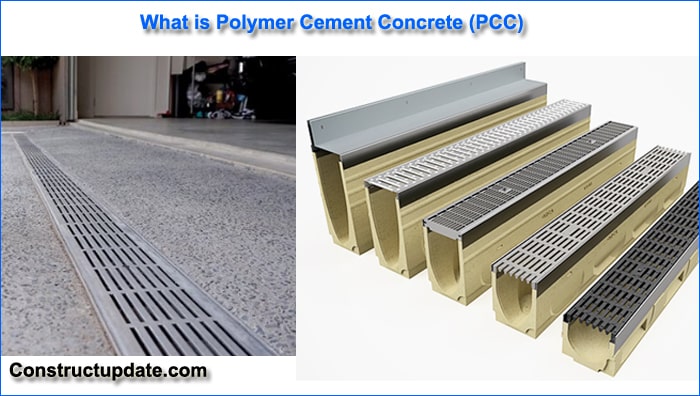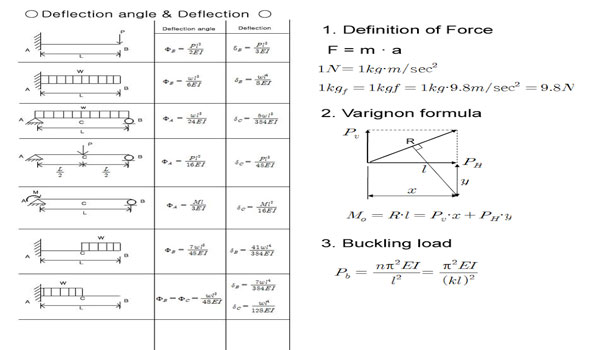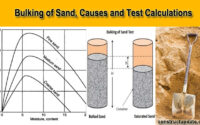Polymer Cement Concrete (PCC) Properties, Uses, Advantages, and Disadvantages
A polymer binder is used to bond the aggregate in a matrix to create polymer concrete, a composite material. Despite the fact that portland cement can be employed as an aggregate or filler, the composites do not contain a hydrated cement phase. Polymer cement concrete composites have a unique combination of qualities depending on the formulation.
High tensile, flexural, and compressive strengths; good adherence to most surfaces; long-term durability with regard to freezing and thawing cycles; limited permeability to water and aggressive solutions; good chemical resistance; and lightweight are a few of these features. They also include rapid curing at ambient temperatures from -18 to +40°C (0 to 104°F).

What Is Polymer Concrete?
Polymer concrete is a brand-new type of concrete made from OPC concrete that has been cured and impregnated with methyl methacrylate monomer, a liquid or vaporous chemical compound, and then polymerized either chemically or by gamma radiation, i.e. by using a thermal catalytic method in which 3% benzoyl peroxide is added to the monomer as a catalyst.
The concrete is dried at a high temperature using evacuations, and the impregnation is aided by absorbing the monomer under little pressure.
Composition of Polymer Cement Concrete (PCC)
To create PCC, a prepolymer (monomer) of a dispersed polymer is added to Portland cement. During the concrete’s curing process, this mixture forms an in-place polymer network. Utilizing common vinyl monomers can cause degradation or interfere with the hydration process. Prepolymers are therefore found to be more effective in performing the required function. These prepolymers can be used in higher concentrations to enhance the PCC’s mechanical qualities. Since the foundation of this concrete feature is the integration of a polymer, extra care and consideration are given when adding the latex. The emulsion used improves the mixture’s lubricating qualities. Thus, the mix can be worked with a smaller amount of water.
Properties of Polymer Concrete
(i) Rapid Curing:
At ambient temperatures of -18 to +40°C (0 to 104°f), curing takes place quickly. While conventional concrete only increases 20% of its 28-day strength in one day of curing at normal temperature, polymer concrete develops 70% strength after just one day of curing.
(ii) Strength:
In comparison to cement-concrete, polymer concrete offers higher tensile, flexural, compressive, and abrasion resistance.
(iii) Good Adhesion:
Adherence to the old surface is improved by good adhesion to most surfaces.
(iv) Durability:
As it lessens the infiltration of chlorides and salts, polymer concrete provides good long-term durability of concrete with respect to cycles of freezing and thawing action and chemical attack.
(v) Low Permeability and Water Tightness:
Concrete made of polymers has low water and chemical permeability.
(vi) Lightweight:
Concrete made with polymer is more lightweight.
Uses/Application of Polymer Concrete
In specialist building projects where it is necessary for the material to resist various types of corrosion and be reinforced to have endurance, or to survive a long time, polymer concrete is employed. It can be used in much the same way as regular concrete.
The following projects employ polymer concrete:
- Repair to corrosion-damaged concrete
- Prestressed concrete
- Nuclear power plants
- Electrical or industrial construction
- Marine works
- Prefabricated structural elements include things like acid tanks, manholes, drains, barriers for the median of highways, and so on.
- Waterproofing of structures
- Sewage works and desalination plants
Advantages of Polymer Concrete
- Concrete made of polymer is very resistant to freezing and thawing.
- It has a strong compressive capacity.
- It is extremely impact resistant.
- Low permeability.
- It is usable in extremely thin cross-sections.
- By limiting the entry of carbon dioxide, it prevents carbonation and the subsequent loss of alkalinity in concrete.
- Reduction of shrinking.
Disadvantages of Polymer concrete
- It is really pricey.
- While mixing, it calls for great levels of precision and skill.
- Masks and hand gloves must be used for skin protection since the chemicals used to make polymer concrete can be dangerous.




